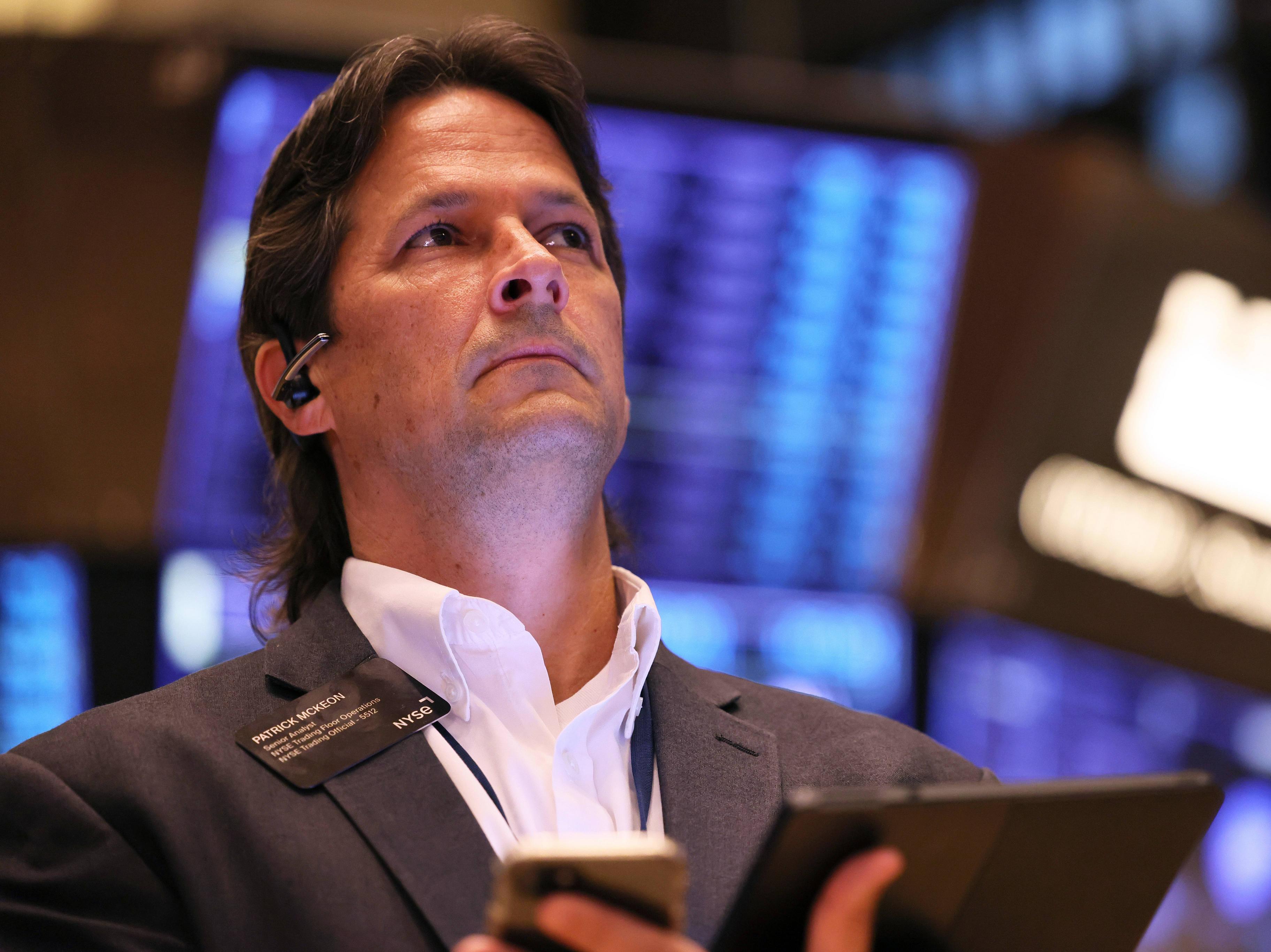
Table 2 provides more information on futures trading platforms. Table 2 contains the names of the major futures exchanges and their origins. Find out more about their products. This information can help you choose the right exchanges. There are many kinds of futures exchanges.
Table 2
A futures exchange allows you to trade commodities and equities on an exchange. They set the trading rules and provide a trading platform. They are also responsible for the dissemination of information to market participants. The clearinghouse of a futures exchange is responsible for ensuring the timely settlement of contracts. The futures market has a zero-sum dynamic. It means that the price of one commodity depends on the value of another.

Major futures exchanges
Major futures exchanges are central marketplaces where buyers and sellers can trade in different types of financial instruments and commodities. Most of them also provide settlement and clearing services that help mitigate the risk of counterparty default. Here's a brief rundown of some of the more popular exchanges.
Origins
Futures trading goes back as far as human civilization. Futures trading would be possible if standard trading techniques were used by Ancient Greek and Roman civilizations. The medieval period saw the return of centralized trading and futures trade was born.
Products offered
Futures exchanges provide access to a variety of assets and products. CME, for instance, lists futures on freight, weather, and real estate and clears swaps. The ICE also offers contracts for carbon dioxide emissions and other products. Many of these products have just been introduced, and many are still being debated or blocked by the industries they are serving.

Regulations
Futures exchanges have self-regulatory rules. These rules protect market participants as well promote integrity. Each exchange has a separate department that monitors the markets and provides constant surveillance. These exchanges require their members to adhere to a higher standard and provide due diligence as well as arbitration and restitution. They provide educational resources for participants in the futures market.
FAQ
What is the trading of securities?
The stock market allows investors to buy shares of companies and receive money. Companies issue shares to raise capital by selling them to investors. These shares are then sold to investors to make a profit on the company's assets.
Supply and demand are the main factors that determine the price of stocks on an open market. The price rises if there is less demand than buyers. If there are more buyers than seller, the prices fall.
There are two ways to trade stocks.
-
Directly from company
-
Through a broker
Are bonds tradable?
The answer is yes, they are! Like shares, bonds can be traded on stock exchanges. They have been for many, many years.
The difference between them is the fact that you cannot buy a bonds directly from the issuer. They can only be bought through a broker.
Because there are less intermediaries, buying bonds is easier. This means that you will have to find someone who is willing to buy your bond.
There are different types of bonds available. Different bonds pay different interest rates.
Some pay quarterly, while others pay interest each year. These differences make it easy for bonds to be compared.
Bonds can be very helpful when you are looking to invest your money. For example, if you invest PS10,000 in a savings account, you would earn 0.75% interest per year. The same amount could be invested in a 10-year government bonds to earn 12.5% interest each year.
If all of these investments were accumulated into a portfolio then the total return over ten year would be higher with the bond investment.
What is an REIT?
A real estate investment trust (REIT) is an entity that owns income-producing properties such as apartment buildings, shopping centers, office buildings, hotels, industrial parks, etc. They are publicly traded companies that pay dividends to shareholders instead of paying corporate taxes.
They are similar to a corporation, except that they only own property rather than manufacturing goods.
Statistics
- Even if you find talent for trading stocks, allocating more than 10% of your portfolio to an individual stock can expose your savings to too much volatility. (nerdwallet.com)
- Individuals with very limited financial experience are either terrified by horror stories of average investors losing 50% of their portfolio value or are beguiled by "hot tips" that bear the promise of huge rewards but seldom pay off. (investopedia.com)
- The S&P 500 has grown about 10.5% per year since its establishment in the 1920s. (investopedia.com)
- Ratchet down that 10% if you don't yet have a healthy emergency fund and 10% to 15% of your income funneled into a retirement savings account. (nerdwallet.com)
External Links
How To
How to Trade in Stock Market
Stock trading refers to the act of buying and selling stocks or bonds, commodities, currencies, derivatives, and other securities. Trading is French for "trading", which means someone who buys or sells. Traders sell and buy securities to make profit. It is one of the oldest forms of financial investment.
There are many different ways to invest on the stock market. There are three basic types: active, passive and hybrid. Passive investors only watch their investments grow. Actively traded investors seek out winning companies and make money from them. Hybrid investors combine both of these approaches.
Passive investing is done through index funds that track broad indices like the S&P 500 or Dow Jones Industrial Average, etc. This method is popular as it offers diversification and minimizes risk. You can simply relax and let the investments work for yourself.
Active investing involves picking specific companies and analyzing their performance. The factors that active investors consider include earnings growth, return of equity, debt ratios and P/E ratios, cash flow, book values, dividend payout, management, share price history, and more. They then decide whether they will buy shares or not. If they feel the company is undervalued they will purchase shares in the hope that the price rises. On the other side, if the company is valued too high, they will wait until it drops before buying shares.
Hybrid investing combines some aspects of both passive and active investing. Hybrid investing is a combination of active and passive investing. You may choose to track multiple stocks in a fund, but you want to also select several companies. In this scenario, part of your portfolio would be put into a passively-managed fund, while the other part would go into a collection actively managed funds.